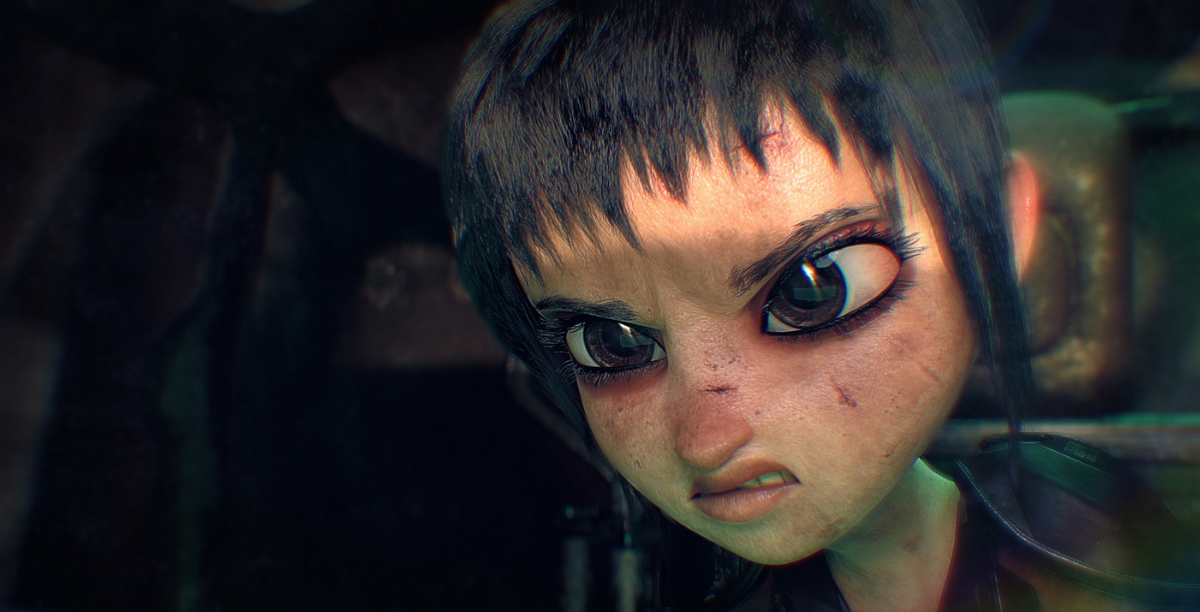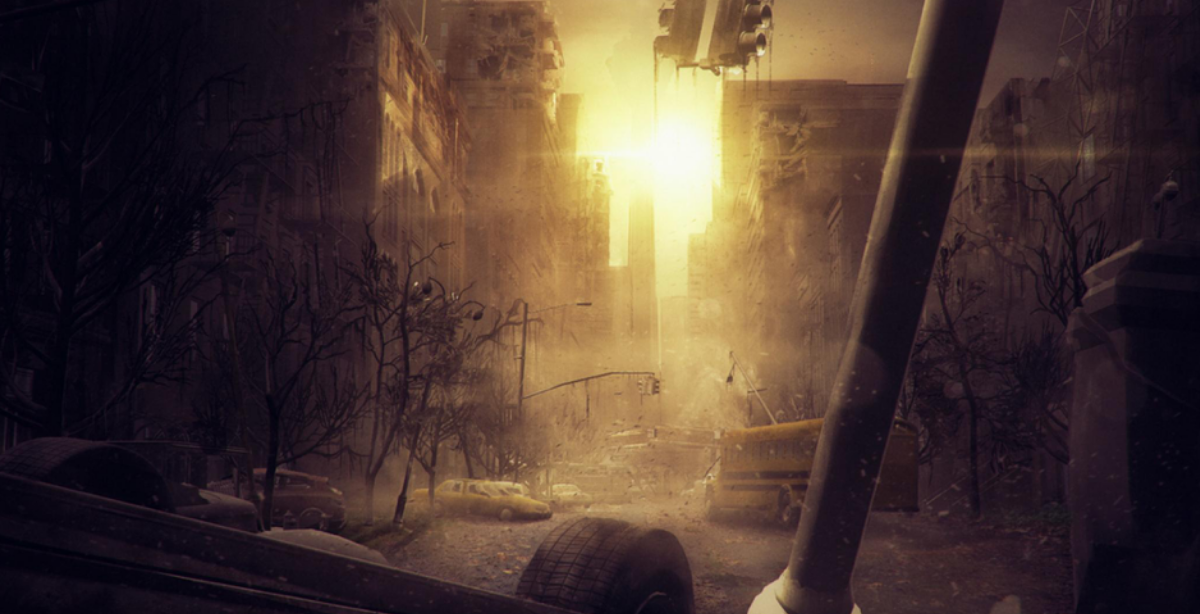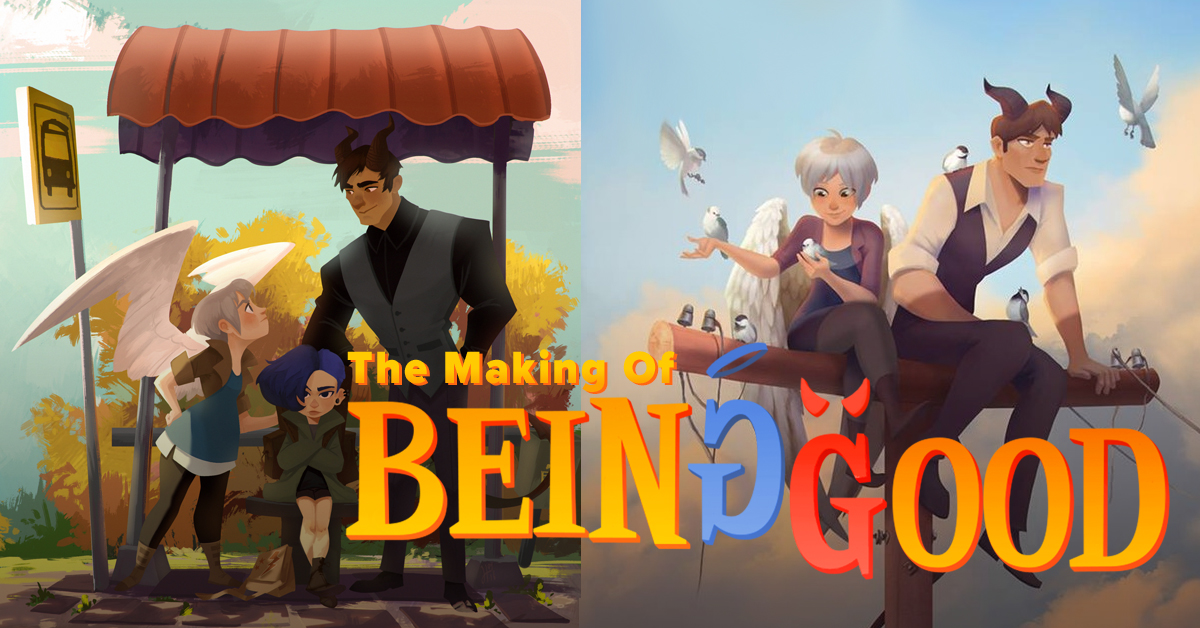Top industry tips to starting your first animation film production.
Animation production can be a daunting process when you don’t know where to start. Even great artists are not necessarily versed in the entire end-to-end production process so it’s quite easy for independent productions to get stalled along the way. The goal of this article is to educate you about the entire process of making an animated film.
In a future post we will do the same breakdown for games and virtual reality as they have many similarities, and also some fundamental differences.
Understanding Animation Production
When we heard DreamWorks was making a video that would break down their film animation pipeline we got excited. The result is a fun, mockumentary-style overview into the complex world of making an animated film. Start by watching this video as it will give you great insight into the overall process.
Understanding the Scope
Now that you have an understanding of all the pieces that go into making an animated film, it’s important to understand which pieces you will have in your production and which you will not. For instance, if you are not doing cloth and hair simulation your project will side-step a very time-consuming and complex part of the process. Even Illumination’s Gru character, from the first Despicable Me, as well as the minions, are bald. A smart production decision that undoubtedly helped them get through that first production and then expand the complexity as they continue to progress into each new film they create.
Basically, it’s not a bad idea to make creative decisions on your first project in order to get through the finish line.
It’s ideal to know the scope of what you want to create and the decisions, like the one noted above, that are all part of ensuring that you understand the scope of what you want to create before you start.
Having a plan will also help you get an idea of the type of budget you’ll want to have – see below for details on budgets. Of course the scope will ALWAYS change as you will want to add more as you see the progress start coming to life.
So too as your project expands, it is also important to look at your project with an objective eye from time-to-time so you can see where it makes sense to cut things back to make it tighter.
Understanding Budgets
There are four ways your artists should be compensated. If you are going to embark on a journey with the intent that your project could be picked up as something bigger, or with the intent to make money, then it is required that you find the best way to financially compensate your artists; Hint: A mix of options 2 – 4 below are suggested in these cases.
- Volunteer
- If your project is purely being created as a passion project because you want to make something great with others, without the intent of making money then volunteer may work.
If the project does wind up making a profit, or get picked up to do something bigger, it is ideal to engage the same team that helped you create the first piece and see if they would like to move forward with you so that they can have the option to be paid going forward to work on the continuation of the project.
- If your project is purely being created as a passion project because you want to make something great with others, without the intent of making money then volunteer may work.
- Honorarium
- If your budget is small it is suggested that you position your project not as a “paid” project but rather an “Honorarium” project. This means that you can pay some amount to the artist/s for their work, but not the rate at which they would get as a freelancer.
- Even a small budget can give your project a boost in terms of interest. In the end, if people like your project and are available they would be even more incentivized to know that some form of compensation would be available to them.
- Royalty Based
- There are a lot of projects on Artella that are structured as royalty based. From our experience what we’ve seen with this is that these projects have an intent to make a commercial project, but don’t have a budget, or have a small budget. In exchange for people’s time on the project they share equity in some way: 1) ownership in the intellectual property itself, or 2) back-end compensation if/when the project is picked up.
- These projects tend to have contracts in place stating the terms and their artists sign them prior to beginning work on such a project.
Royalty based projects may offer honorarium pay as well as an additional form of compensation.
- Paid
- Simply put, these projects have budgets and pay their artist the rate they charge as freelancers/independent contractors.
Contracts are negotiated and signed prior to beginning work on a project.
- Simply put, these projects have budgets and pay their artist the rate they charge as freelancers/independent contractors.
Assembling your Animation Production Team
Portfolios are a big part of knowing if someone’s work is going to meet your standards and aesthetic tastes. For that reason we have artists host their portfolios inside of Artella. Now with an active community of over 12,000 members you can go to the Talent page and filter by the skill/s you are looking for.
What’s great with new cloud-based production communities like Artella is that you don’t have to worry about finding talent in your geographical location. You can tap into great artists around the world.
Understanding the Animation Workflow – Getting Started
Now that you have a bit more information, where do you start?
If you are starting from scratch it can be an overwhelming undertaking to figure out the best tools and services to assemble for your production. We know you want to get to the creative part and avoid as much of the technical as possible, so let us show you how to automate your animation production process with Artella and the use of a two additional services.
Artella is made for complex creative projects where artists are spread out all over the world and have giant amounts of data sets that need to be transferred around the planet. In fact, Artella is the place where all your project data and files live. And, to give you peace of mind, your project data is private and only accessible to people who have been accepted or invited to your project.
There are two key areas of production 1) Asset Development – the characters, props and sets and 2) Production – where you assemble all your assets into shots or a game engine. In Artella we’ve made this process easy so when you “create a new asset” all the files and folders are created for you. This takes the guess work out of having artists know which location a file is in as all assets are treated the same across all projects. In addition to our template based workflows, finding the data you need is simple and sharable via web links!
Reviews are also handled directly inside of Artella – see video below.
To round out day-to-day communication we suggest using Slack. We also suggest that you inform your crew to post images and videos for review on Artella and use slack only for day-to-day communication and troubleshooting. This keeps things clean so you don’t have to wonder where something was posted, no guess work.
For your video conference needs we recommend using Zoom. The best crews operating on Artella tend to have a weekly crew meeting that is recorded via Zoom and reposted on the Feed for others who couldn’t attend to watch.
For planning meetings with a global crew we highly recommend using TimeAndDate.






Once you know the how to start the animation production process than you can easily make ways toward a making a good animation.
This a great article for understanding the whole animation production process.